Part Four: Mohair
Mohair is the fibre obtained from the Angora goat, named for the region in Turkey where they were first domesticated. The fibre is well known for its incredible shine and beautiful fluffy halo. It’s no wonder: the word Mohair derives from the Arabic word ‘mukhayyar’, meaning choice or select.
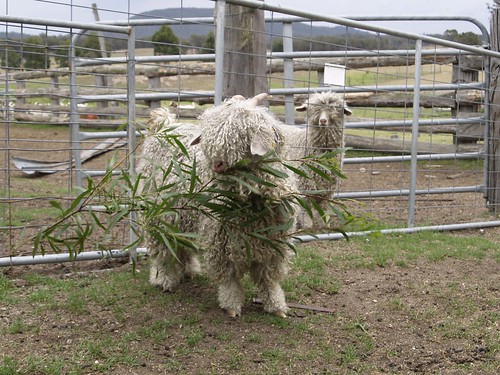
(Daisy, just before shearing)
Angora goats (actually recently renamed Mohair goats) are friendly and docile and make lovely fibre pets! Although originally kept closely guarded and protected in Turkey, the breed was eventually exported in the 19th century and the goats are now farmed in many parts of the world including Africa, the United States and Australia.
Harvesting
Mohair grows very quickly (about one inch per month) and Angora goats are generally shorn twice a year, in the spring and autumn. Although goat hair contains no lanolin, it does have natural oils which are easily washed out with mild soap. Mohair is generally carded before spinning and is often blended with other fibres to add strength and lustre to a mix.
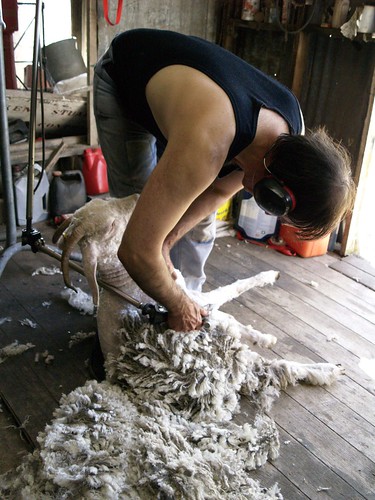
Structure and Characteristics
Mohair has a very smooth surface, lacking the scales found on wool. This smoothness reflects light, giving mohair its incredible lustre. The fibres are long and straight, with a curly wave. Young kids usually develop close ringlets, a sign of fineness, this curl becomes less pronounced as the goat ages.

(Adult mohair - top, and kid)
Unlike sheep and many other fibre animals, Mohair goats produce different qualities of fibre as they get older. Finest kid mohair comes from the first, second and occasionally third clips, fibres are between 23 and 30 microns. This is the best fibre for knitting yarn, it is soft and produces a lovely halo. Clips from older goats can range up to 40 microns. As the strength and lustre of the fibre increases with age, these grades are excellent for upholstery fabrics or to blend with other fibres to add strength and shine.
Varieties
The different Angora goat varieties (including for example, South African and Australian strains) have only subtle distinctions. However, there has been much interest in recent years in developing naturally coloured Angora goats, and fibre can now be obtained in a range of colours including greys, blacks and reds. For more information, visit the Colored Angora Goat Breeders Association.
Mohair for Handspinners
Mohair is a fibre which many spinners avoid, partly because they fear it will be ‘difficult’, partly due to experience with prickly mohair, and perhaps partly because they’re just not quite sure what to do with it! I have to admit to being a little bit in love with Mohair. Having access to a flock of the cutest goats on the planet helps of course, and I also love the incredible jewel colours mohair gives and the subtle halo effect that can be created.
The smoothness of mohair, which gives it its shine, does make it a very slippery fibre to work with. It needs a lot of twist to hold it together if spun on its own, but once there is enough twist, the fibres will lock safely in place and the ends will pop out and bloom.

(carded Mohair rolag ready for spinning)
I personally prefer to blend mohair with other fibres, usually wool. It is fabulous in socks for a bit of extra warmth and strength (see my Jo pattern and tutorial in Spin! Series 1), and is gorgeous blended with wool in a woven project where it adds lustre and drape to the fabric.
Card or blend mohair with handcards, and spin fine yarns with a fairly high level of twist. Mohair has no memory, so avoid using it straight up for garments which might sag and stretch. Also, use a larger knitting needle size, or weaving sett, to ensure that the mohair fibres have room to bloom.

* With thanks to Daisy, Bonsai and the rest of the flock at the farm for posing for photos and giving up their fleeces for us again this year!
Do you have questions? What are your experiences with Mohair – like it? Love it? Leave a comment or come by the Lingr chatroom on Sunday evenings.
Sources/further reading
MacKenzie McCuin, Judith ‘The Intentional Spinner’, Interweave press, 2009.
Albright, Barbara “The Natural Knitter�?, Potter Craft 2007
Russo, Robin. Class notes, SOAR 2008.
http://www.cagba.org/ Colored Angora Goat Breeders Association

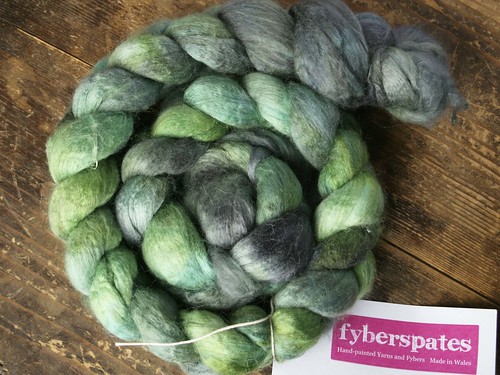
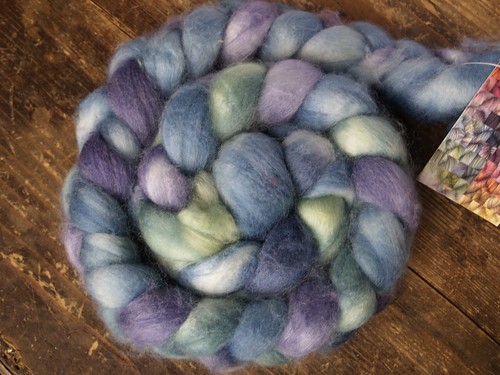
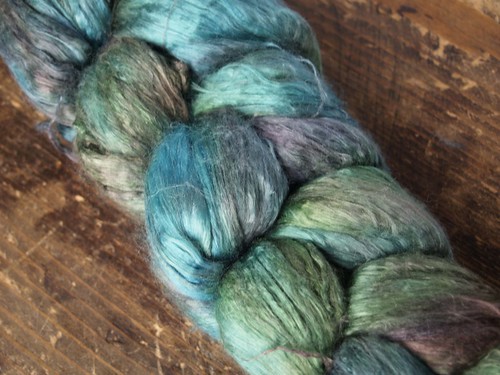

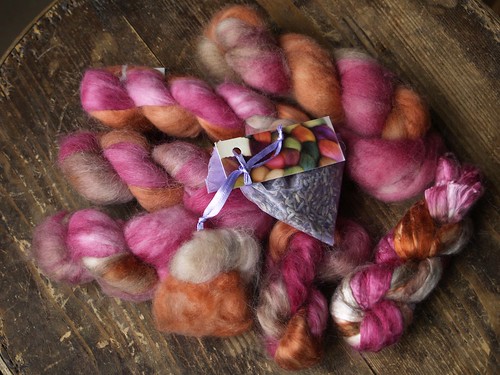


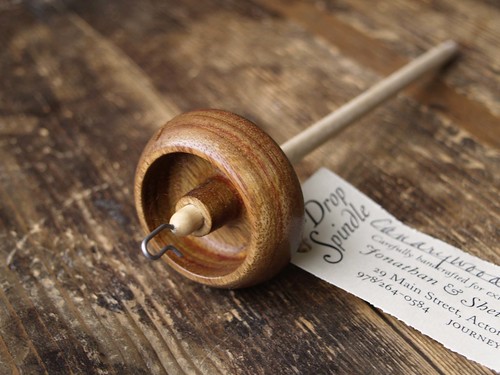







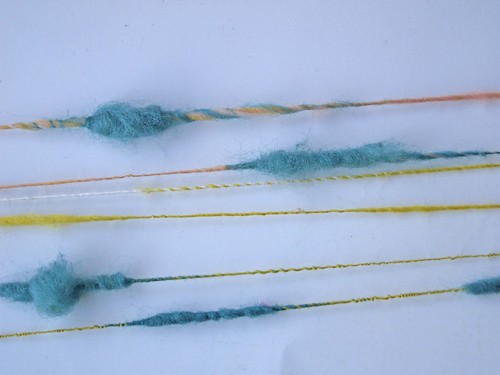
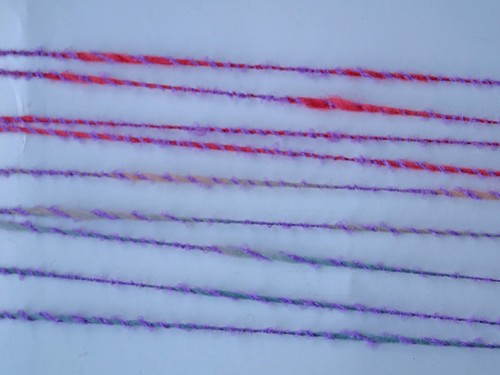
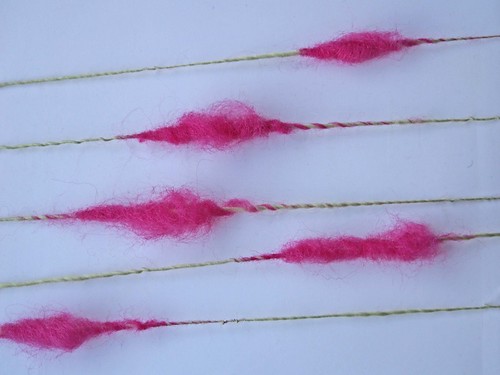

 Entries (RSS)
Entries (RSS)